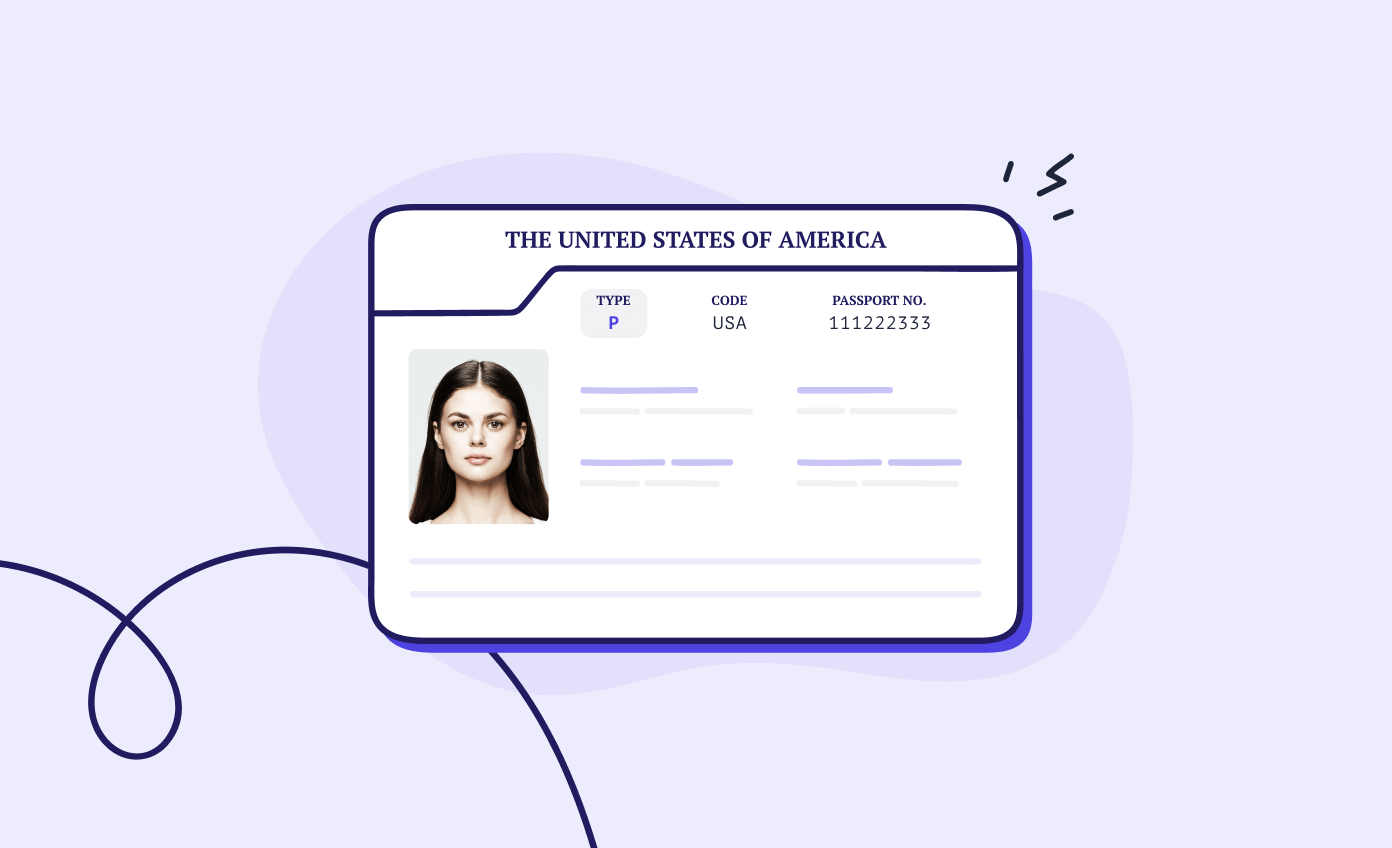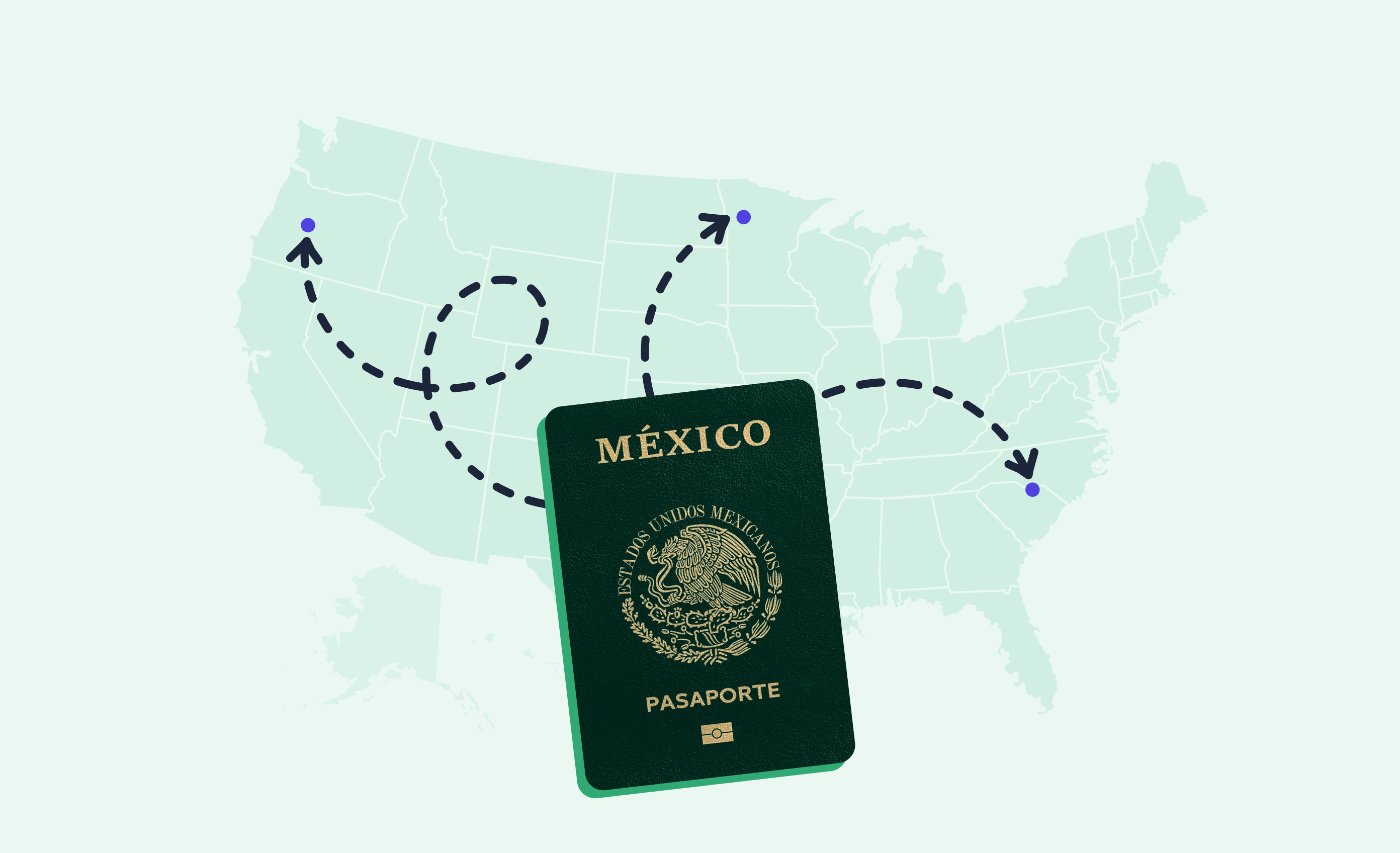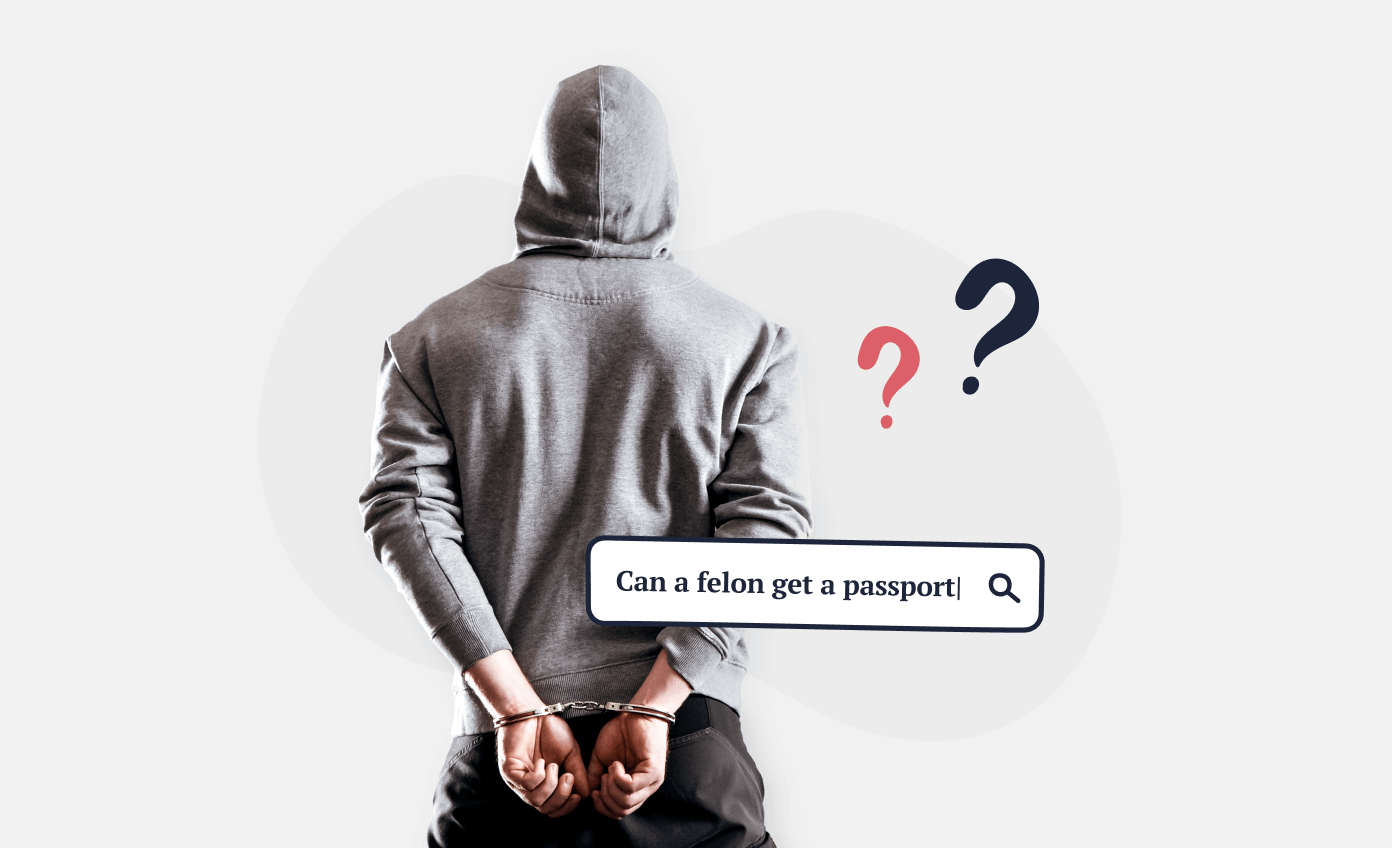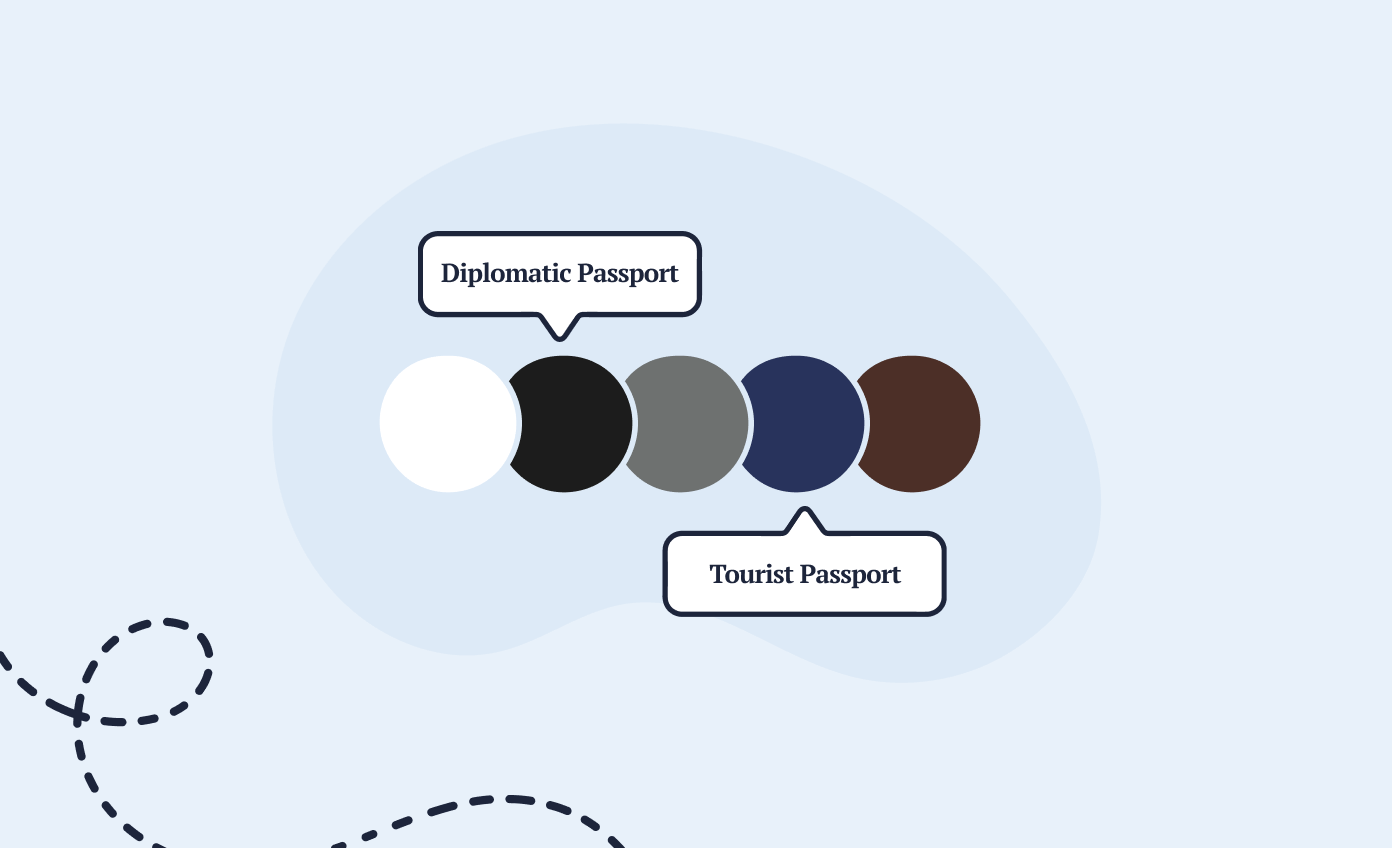Embarking on an international adventure or business trip requires more than just a suitcase—you also need the right passport.
Among the various types of passports available, the Type P passport stands out as the most common and versatile option for US citizens—but what exactly is it, and why is it so essential for your international travel plans?
Learn about all things passport with these related articles:
- US Passport Colors: What Do They Mean?
- US Passport Book vs Card
- US Passport vs. Canadian Passport: A Comparative Guide
Types of US passports
When it comes to US passports, one size doesn’t fit all. The US government issues 5 main types of passports, each serving a unique purpose and catering to specific groups of people.
- Diplomatic passport (black): This prestigious passport is reserved for the President of the United States, top-ranking government officials, and diplomatic representatives. It’s your ticket to diplomatic immunity and a world of privileges
- Official passport (maroon): Issued to members of Congress, military personnel, and other government employees traveling on official business, the maroon official passport is a testament to the holder’s significant role in serving the nation
- Service passport (gray): For American contractors and government employees traveling on official business who don’t qualify for the official passport, the gray service passport is their companion
- Tourist passport (blue): The most common type of passport, the blue tourist passport, or Type P passport, is the key to unlocking a world of travel opportunities for ordinary citizens. Whether you’re jet-setting for a vacation, studying abroad, or embarking on a business trip, the Type P passport is your trusted travel partner. No-fee blue passports are also issued to federal employees (e.g., Peace Corps and Department of Defense) stationed overseas
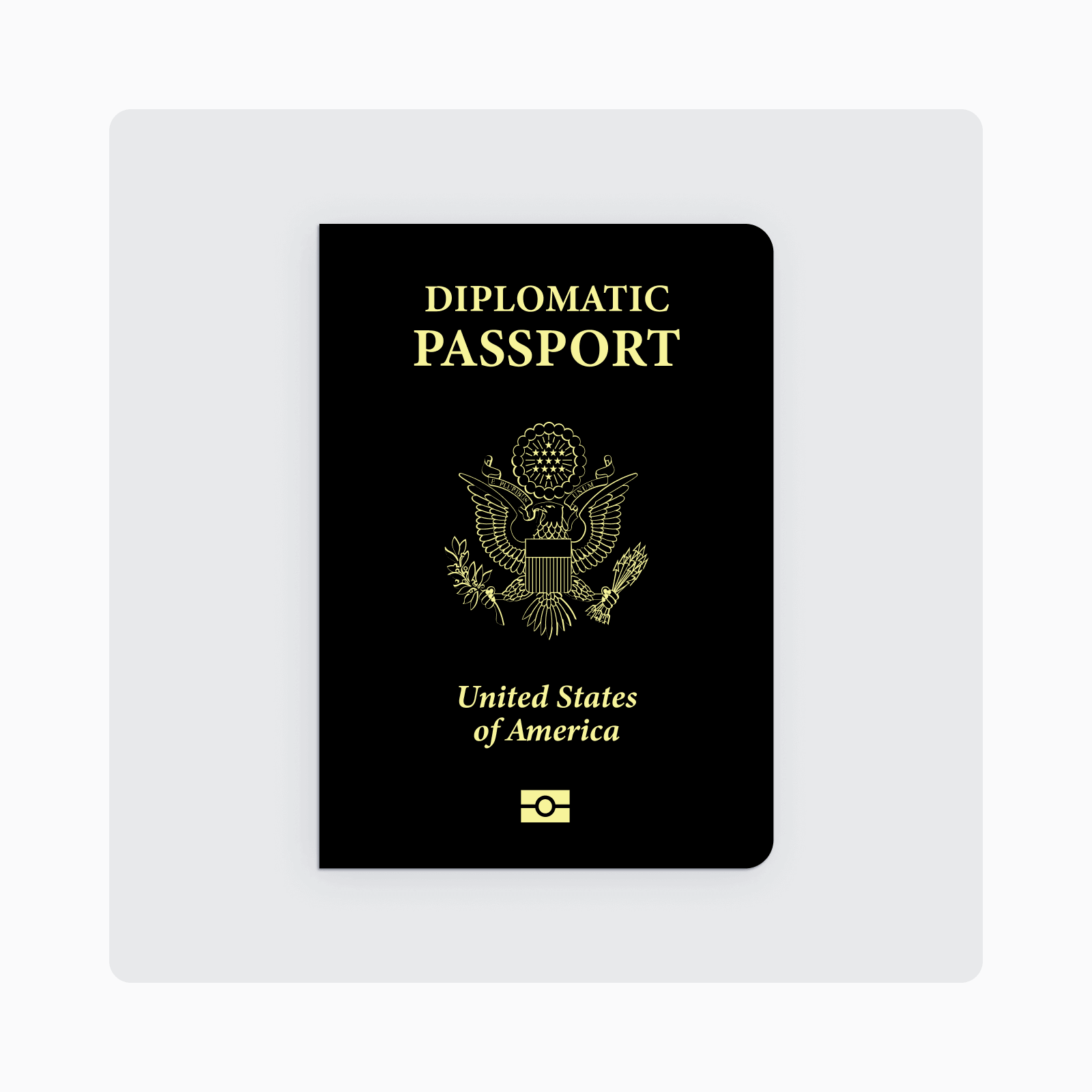
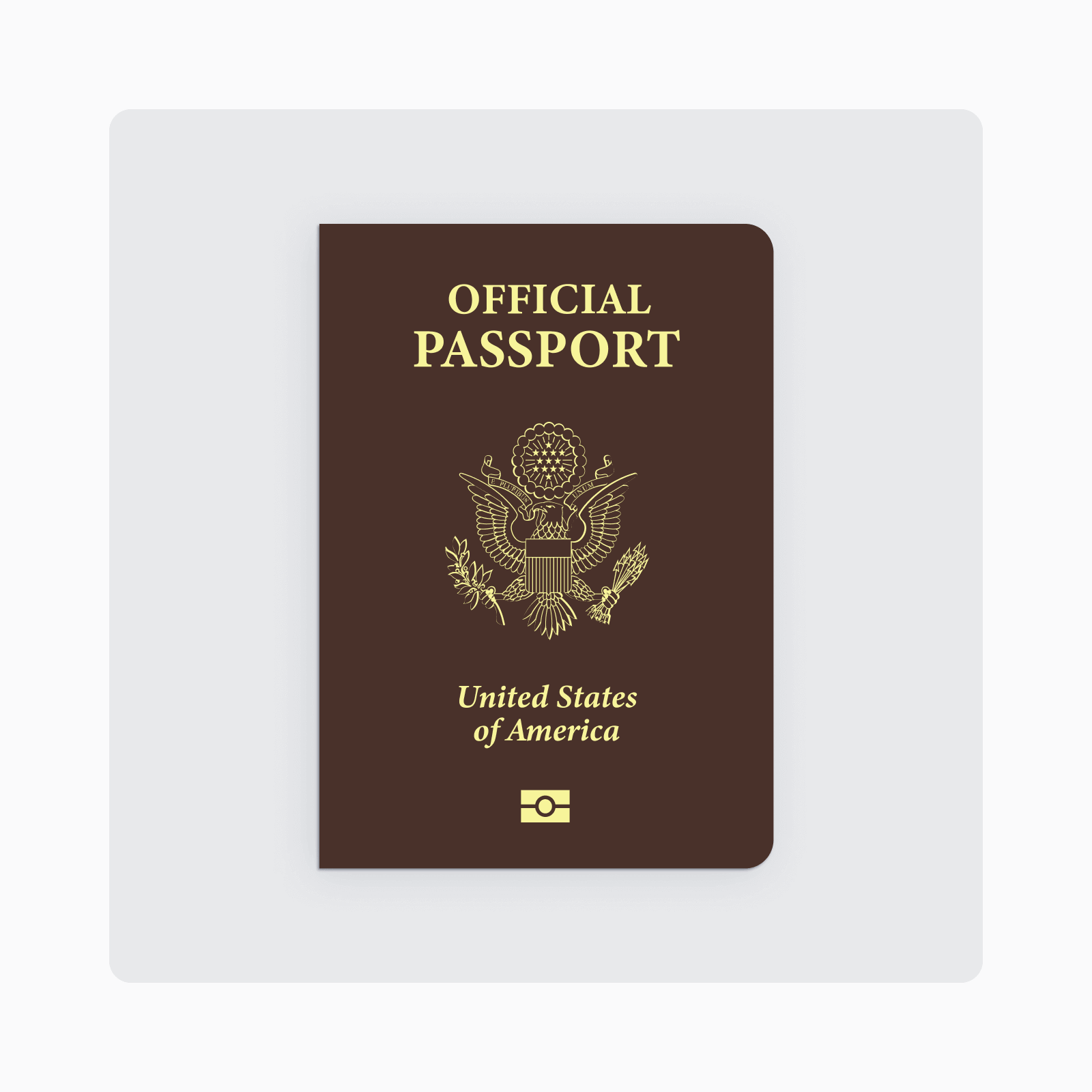
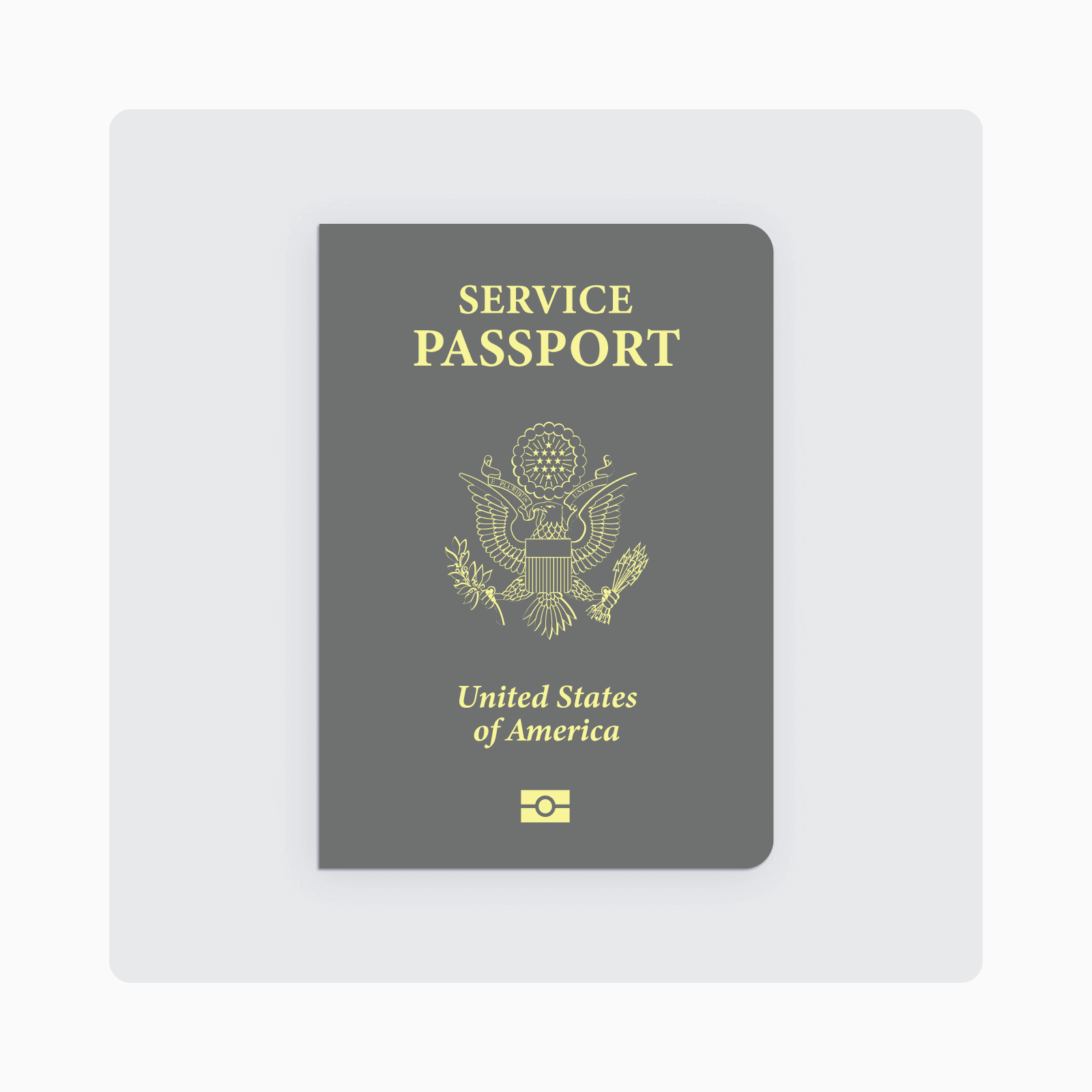
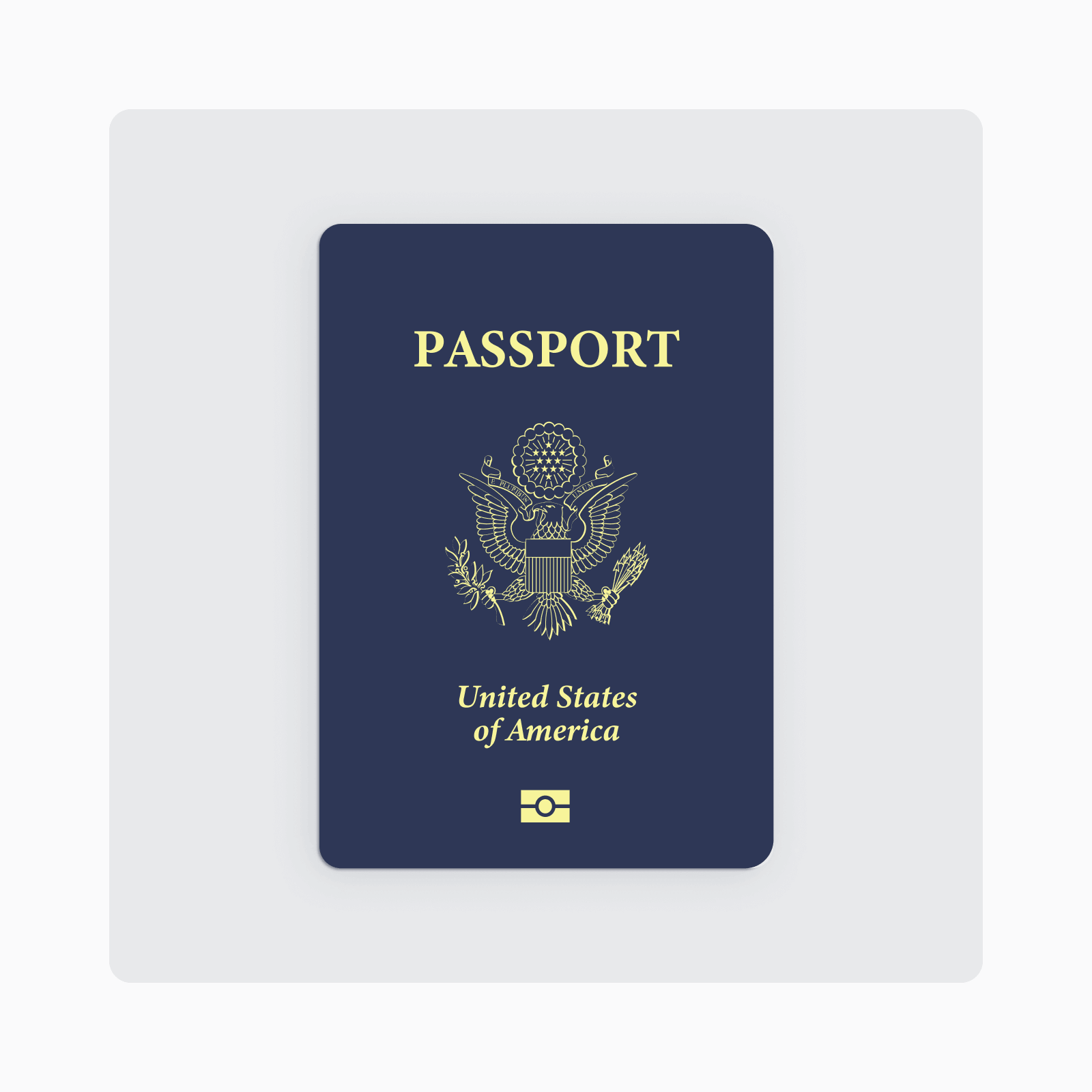
Benefits of a type P passport
The tourist or type P passport provides passport holders with a variety of benefits—let’s
explore 6 of them in the following section:
- Visa-free travel: One of the most significant benefits of a Type P passport is the ability to travel to 116 countries without the need for a visa. This means you can pack your bags and jet off to your dream destination without the hassle and expense of obtaining a visa.
- Visa on arrival: In addition to visa-free travel, a Type P passport also grants you the convenience of obtaining a visa upon arrival in 50 more destinations. This flexibility allows you to make last-minute travel plans and explore new places on a whim.
- Global mobility score: The Type P passport boasts a high global mobility score of 173. This score reflects the passport’s strength and the freedom it provides to its holders, making it one of the most powerful passports in the world.
- Biometric security: The Type P passport is a high-security document that incorporates biometric technology, making it nearly impossible to forge. It features watermarks, special inks, holograms, and a built-in 64-kilobyte RFID chip, ensuring that your identity and personal information are protected.
- Long validity period: The Type P passport is valid for 10 years for adults and 5 years for minors under the age of 16. This extended validity period means you won’t have to worry about renewing your passport frequently, giving you more time to focus on planning your adventures.
- Proof of Citizenship: A passport is an essential form of identification that proves your US citizenship. This is particularly important when traveling internationally, as it provides you with the protection and support of the US government while abroad.
How to get a type P passport—step-by-step
Obtaining a Type P passport is a straightforward process that can be done in person at any US passport acceptance facility or via mail if you qualify for a US passport renewal.
Step 1: Fill out the application form
- For a new passport, complete the DS-11 application form
- For renewal, use the DS-82 application form
Step 2: Provide proof of Citizenship
- Submit your native birth certificate if born in the USA or a naturalization certificate if you’ve immigrated
Step 3: Confirm your identity
- Provide a government-issued photo ID, such as a military ID card or driver’s license
Step 4: Take a biometric passport photo
- The photo must be 2×2 inches, in color, and taken within the last 6 months
Step 5: Pay the passport fee
- The fee is $110 for adults, with an additional $35 acceptance agent fee
Once your application is accepted, the processing time is typically 8–11 weeks. Your passport will then be shipped directly to your home, or individuals can opt for pick up at a passport acceptance facility.
All US passport types (including passport type P) require a 2×2” photo that adheres to the State Department’s strict guidelines—get one with our Passport Photo Booth app for iOS or Passport Photo Maker app for Android in only 3 minutes!

FAQ
What are the 5 types of passports?
The five types of US passports are Diplomatic, Official, Service, No-Fee, and Tourist (Type P).
Who gets a red US passport?
The red US passport (it’s actually maroon), or Official passport, is issued to members of Congress and active-duty US military personnel.
What are the 4 colors of passports?
The four main colors of US passports are black (Diplomatic), maroon (Official), gray (Service), and blue (Tourist or Type P).
Concluding remarks
A Type P passport is your key to unlocking the world, providing visa-free or visa-on-arrival access to most countries, enhanced security features, and a long validity period.
Follow the straightforward application process to get your very own type P passport and start knocking destinations off that bucket list!

Simon Wojtyczka is a writer with experience living and working in 7 countries, each adding depth to his work. Holding a Master’s in Applied Linguistics, he has a profound grasp of language and its intricate ties to culture.
